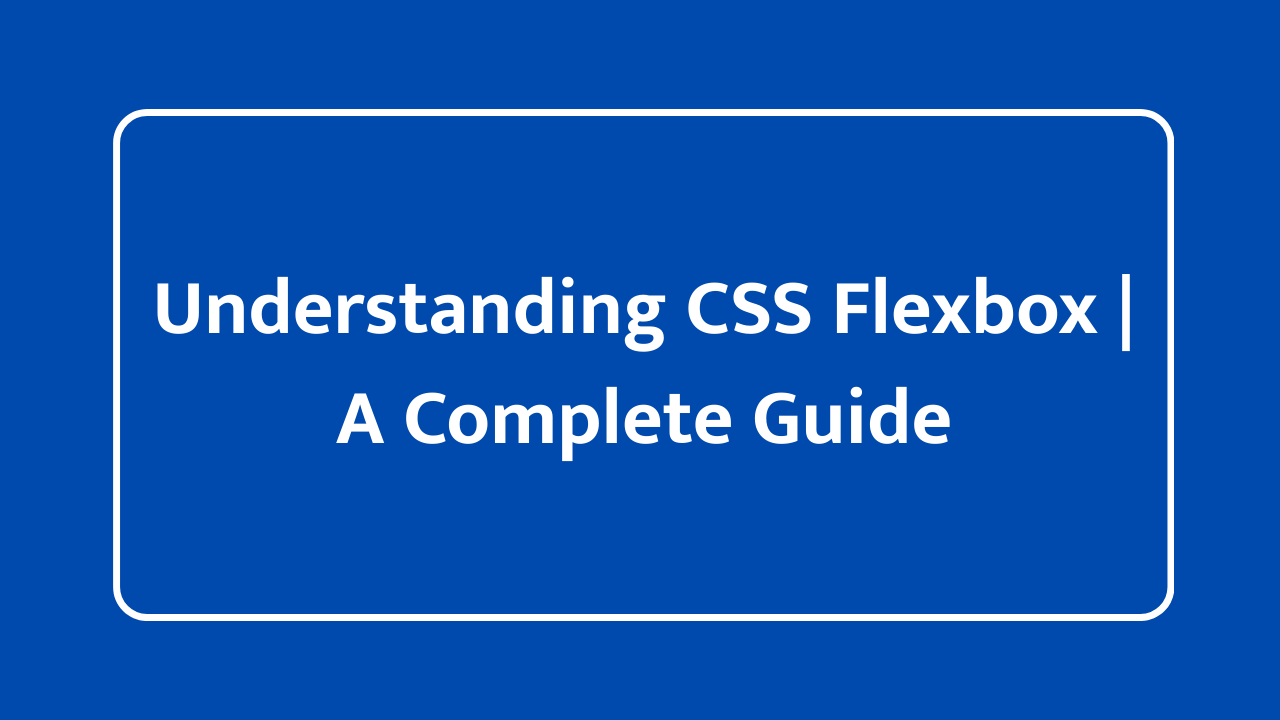Create a Blog Website Using PHP: A Step-by-Step Guide
Building a blog website using PHP is an excellent way to showcase your content and hone your web development skills. In this guide, we will walk you through creating a fully functional blog website using PHP and MySQL.
Why Choose PHP for Your Blog Website?
PHP is a versatile, server-side scripting language that powers millions of websites worldwide. Its integration with MySQL makes it ideal for building dynamic and data-driven websites like blogs. Here are some benefits of using PHP:
- Flexibility: Easy to customize and extend functionality.
- Cost-Effective: Open-source and widely supported.
- Scalable: Suitable for blogs of all sizes.
Step 1: Setting Up the Environment
Before starting, ensure you have the following:
- A local server like XAMPP or WAMP installed.
- Basic knowledge of PHP, MySQL, and HTML.
- A text editor (e.g., Visual Studio Code or Sublime Text).
Step 2: Designing the Database
Create a database to store your blog posts. Use phpMyAdmin or a MySQL command-line interface to create the database and table.
SQL Script to Create the Database and Table
CREATE DATABASE blog_db;
USE blog_db;
CREATE TABLE posts (
id INT(11) AUTO_INCREMENT PRIMARY KEY,
title VARCHAR(255) NOT NULL,
content TEXT NOT NULL,
author VARCHAR(100) NOT NULL,
created_at TIMESTAMP DEFAULT CURRENT_TIMESTAMP
);
Step 3: Connecting PHP to the Database
Create a config.php file to manage database connectivity:
<?php
$servername = "localhost";
$username = "root";
$password = "";
$dbname = "blog_db";
// Create connection
$conn = new mysqli($servername, $username, $password, $dbname);
// Check connection
if ($conn->connect_error) {
die("Connection failed: " . $conn->connect_error);
}
?>
Step 4: Creating the Home Page
The home page will display all blog posts. Create an index.php file:
<?php
include 'config.php';
$sql = "SELECT * FROM posts ORDER BY created_at DESC";
$result = $conn->query($sql);
?>
<!DOCTYPE html>
<html lang="en">
<head>
<meta charset="UTF-8">
<meta name="viewport" content="width=device-width, initial-scale=1.0">
<title>Blog Home</title>
</head>
<body>
<h1>Welcome to My Blog</h1>
<?php if ($result->num_rows > 0): ?>
<?php while ($row = $result->fetch_assoc()): ?>
<h2><?php echo $row['title']; ?></h2>
<p>By <?php echo $row['author']; ?> on <?php echo $row['created_at']; ?></p>
<p><?php echo substr($row['content'], 0, 200); ?>...</p>
<a href="post.php?id=<?php echo $row['id']; ?>">Read More</a>
<hr>
<?php endwhile; ?>
<?php else: ?>
<p>No posts available.</p>
<?php endif; ?>
</body>
</html>
Step 5: Displaying Individual Blog Posts
Create a post.php file to display the full content of individual posts:
<?php
include 'config.php';
$id = $_GET['id'];
$sql = "SELECT * FROM posts WHERE id = ?";
$stmt = $conn->prepare($sql);
$stmt->bind_param("i", $id);
$stmt->execute();
$result = $stmt->get_result();
$post = $result->fetch_assoc();
?>
<!DOCTYPE html>
<html lang="en">
<head>
<meta charset="UTF-8">
<meta name="viewport" content="width=device-width, initial-scale=1.0">
<title><?php echo $post['title']; ?></title>
</head>
<body>
<h1><?php echo $post['title']; ?></h1>
<p>By <?php echo $post['author']; ?> on <?php echo $post['created_at']; ?></p>
<p><?php echo $post['content']; ?></p>
<a href="index.php">Back to Home</a>
</body>
</html>
Step 6: Adding a Post Creation Page
Create a create.php file to add new blog posts:
<!DOCTYPE html>
<html lang="en">
<head>
<meta charset="UTF-8">
<meta name="viewport" content="width=device-width, initial-scale=1.0">
<title>Create Post</title>
</head>
<body>
<h1>Create a New Post</h1>
<form action="store.php" method="POST">
<label for="title">Title:</label>
<input type="text" name="title" required><br>
<label for="author">Author:</label>
<input type="text" name="author" required><br>
<label for="content">Content:</label>
<textarea name="content" required></textarea><br>
<button type="submit">Publish</button>
</form>
</body>
</html>
Step 7: Storing New Posts in the Database
Create a store.php file to handle the form submission and save posts to the database:
<?php
include 'config.php';
if ($_SERVER['REQUEST_METHOD'] == 'POST') {
$title = $_POST['title'];
$author = $_POST['author'];
$content = $_POST['content'];
$sql = "INSERT INTO posts (title, author, content) VALUES (?, ?, ?)";
$stmt = $conn->prepare($sql);
$stmt->bind_param("sss", $title, $author, $content);
if ($stmt->execute()) {
header("Location: index.php");
} else {
echo "Error: " . $conn->error;
}
$stmt->close();
$conn->close();
}
?>
Step 8: Enhancing the Blog
To improve your blog, consider the following enhancements:
- Styling: Use CSS or frameworks like Bootstrap for a professional look.
- User Authentication: Add login functionality to restrict access to the post creation page.
- Categories and Tags: Organize posts for better navigation.
- Search Functionality: Allow users to search for specific posts.
Conclusion
Creating a blog website using PHP and MySQL is an excellent project for beginners and professionals alike. This guide covers the basics of setting up a blog, managing posts, and displaying content dynamically. With further customization, you can create a powerful and feature-rich blog tailored to your needs.
ALSO READ : PHP Login System with MySQL Database 100% easy steps



